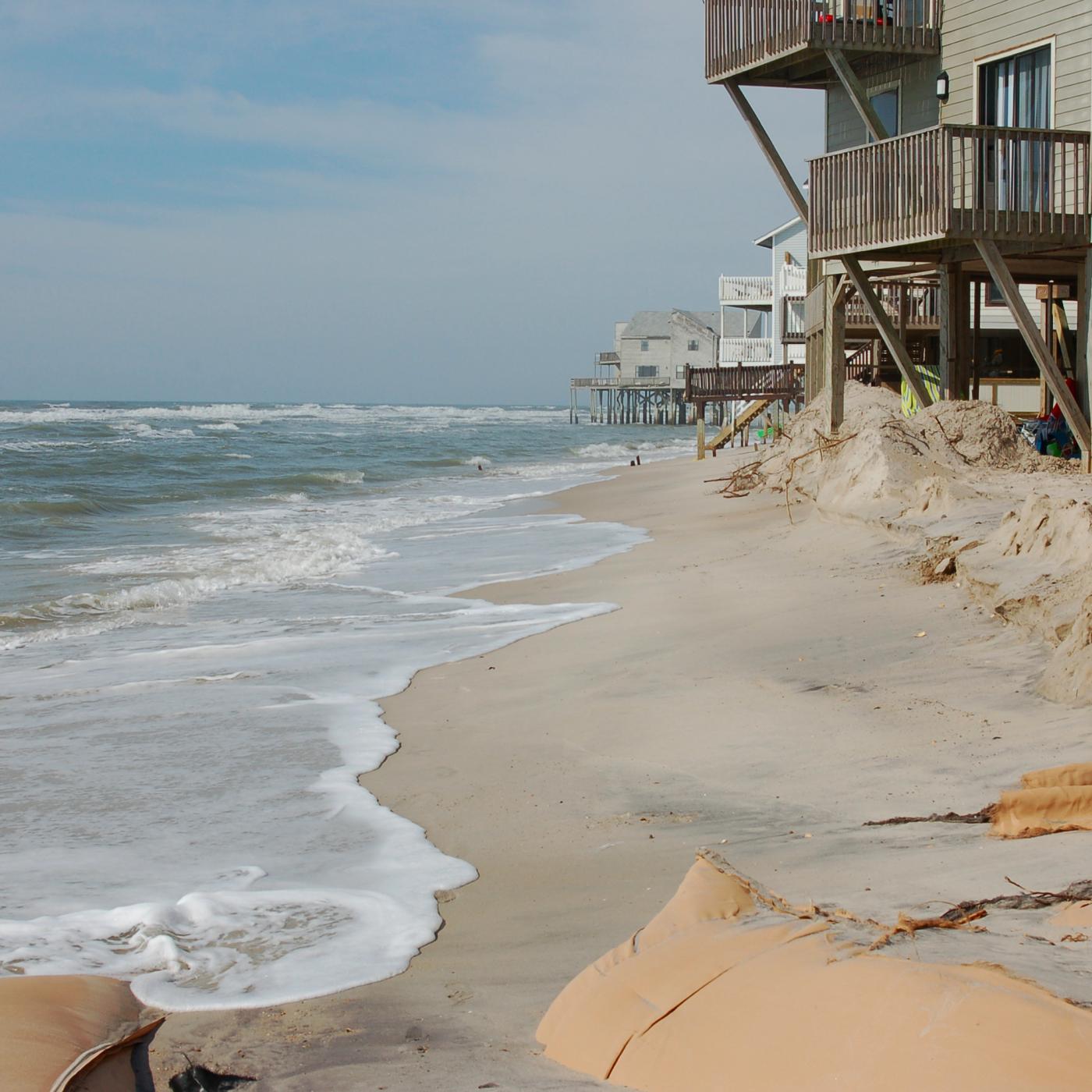
Filter News
Area of Research
News Topics
- (-) Advanced Reactors (2)
- (-) Artificial Intelligence (18)
- (-) Big Data (7)
- (-) Climate Change (10)
- (-) Frontier (7)
- (-) Fusion (8)
- (-) Nuclear Energy (12)
- (-) Security (5)
- 3-D Printing/Advanced Manufacturing (13)
- Bioenergy (7)
- Biology (11)
- Biomedical (6)
- Biotechnology (4)
- Buildings (8)
- Chemical Sciences (9)
- Clean Water (1)
- Composites (5)
- Computer Science (18)
- Critical Materials (4)
- Cybersecurity (2)
- Decarbonization (12)
- Education (1)
- Emergency (1)
- Energy Storage (5)
- Environment (12)
- Exascale Computing (7)
- Fossil Energy (2)
- Grid (9)
- High-Performance Computing (11)
- Isotopes (12)
- Machine Learning (5)
- Materials (11)
- Materials Science (16)
- Mathematics (3)
- Microelectronics (1)
- Microscopy (3)
- Molten Salt (1)
- Nanotechnology (2)
- National Security (17)
- Net Zero (3)
- Neutron Science (8)
- Partnerships (12)
- Physics (6)
- Polymers (3)
- Quantum Computing (10)
- Quantum Science (13)
- Simulation (10)
- Space Exploration (5)
- Statistics (1)
- Summit (5)
- Sustainable Energy (14)
- Transportation (6)
Media Contacts
Researchers at ORNL recently demonstrated an automated drone-inspection technology at EPB of Chattanooga that will allow utilities to more quickly and easily check remote power lines for malfunctions, catching problems before outages occur.

Debjani Singh, a senior scientist at ORNL, leads the HydroSource project, which enhances hydropower research by making water data more accessible and useful. With a background in water resources, data science, and earth science, Singh applies innovative tools like AI to advance research. Her career, shaped by her early exposure to science in India, focuses on bridging research with practical applications.

A study found that beaches with manmade fortifications recover more slowly from hurricanes than natural beaches, losing more sand and vegetation. The researchers used satellite images and light detection and ranging data, or LIDAR, to measure elevation changes and vegetation coverage. Changes in elevation showed how much sand was depleted during the storm and how much sand returned throughout the following year.

Benjamin Manard, an analytical chemist in the Chemical Sciences Division of the Department of Energy’s Oak Ridge National Laboratory, will receive the 2024 Lester W. Strock Award from the Society of Applied Spectroscopy.

The world’s fastest supercomputer helped researchers simulate synthesizing a material harder and tougher than a diamond — or any other substance on Earth. The study used Frontier to predict the likeliest strategy to synthesize such a material, thought to exist so far only within the interiors of giant exoplanets, or planets beyond our solar system.

Two ORNL teams recently completed Cohort 18 of Energy I-Corps, an immersive two-month training program where the scientists define their technology’s value propositions, conduct stakeholder discovery interviews and develop viable market pathways.

Researchers at the Department of Energy’s Oak Ridge National Laboratory and partner institutions have launched a project to develop an innovative suite of tools that will employ machine learning algorithms for more effective cybersecurity analysis of the U.S. power grid.

Power companies and electric grid developers turn to simulation tools as they attempt to understand how modern equipment will be affected by rapidly unfolding events in a complex grid.

Oak Ridge National Laboratory has named Troy A. Carter director of the Fusion Energy Division in ORNL’s Fusion and Fission Energy and Science Directorate, or FFESD.

In the wet, muddy places where America’s rivers and lands meet the sea, scientists from the Department of Energy’s Oak Ridge National Laboratory are unearthing clues to better understand how these vital landscapes are evolving under climate change.


